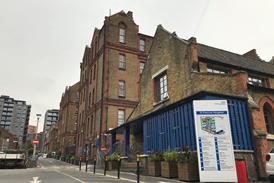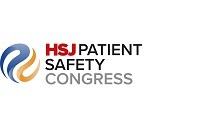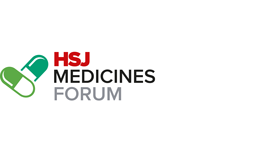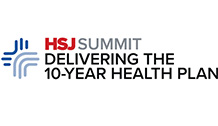Adopting a bottom-up approach to driving clinical improvements in a traditionally top-down health service is making a significant difference to the collaborative projects being run in north west London by the National Institute for Health Research, writes Ganesh Sathyamoorthy.
NHS managers are being urged to innovate wherever they can to help the NHS overcome its financial pressures and provide more for less without compromising safety, quality and patient experience.
Often the way the NHS has dealt with these challenges in the past has been through top-down system-wide change. A lot of attention is paid to structures and less attention to cultures, processes and the importance of developing long-term sustainable systems that deliver the results that are intended.
The National Institute for Health Research (NIHR) Collaboration for Leadership and Applied Health Research and Care (CLAHRC) for morth west London has developed a vibrant partnership between the NHS, academia, industry, patients and the third sector to help find ways of implementing evidence into practice, and delivering sustainable quality improvement.
The CLAHRC has adopted a bottom-up approach where frontline clinical teams apply for funding to run 18 month projects, to implement improvements in services in line with the evidence base.
We work with teams to apply a range of evidence based implementation techniques including: the model for improvement, process mapping, real-time measurement, plan do study act cycles, stakeholder mapping and action effect diagrams.
These methods enable teams to introduce service changes in their own complex environments, step by step. They also allow multi-disciplinary teams consisting of health professionals, NHS managers, academics, the third sector and patients, to work towards a common goal and understand each other’s perspectives.
This approach is now beginning to bear fruit with 18 projects on 55 sites being supported across a range of issues from chronic obstructive pulmonary disease care bundles, medicines management, to user led diabetes support projects. The COPD care bundle is now being adopted in the majority of hospitals in northwest London and has been taken on as an optional commissioning for quality and innovation (CQUIN) payment framework by NHS London.
We are also seeing the roll out of medicines management projects across the sector, which are helping to reduce inappropriate prescribing, improve patient safety and experience, and reduce costs to the NHS.
Key to the success of this approach has been the ability of the CLAHRC to provide funding, training in quality improvement techniques, day to day support and time away from the day job for multi-disciplinary teams to reflect on service improvement. Teams now consider the impact of their project on the wider health economy, assess improvement data and formulate the best way forward.
This way of working has begun to unleash a wave of innovation across northwest London, with NHS staff feeling empowered to continually improve services. This approach is beginning to seep into the DNA of NHS organisations across the sector.
Projects are being spread across the region and being adapted to local circumstances and continually improved upon. As NHS staff move from organisation to organisation they are taking service improvement ideas with them, and individuals are stepping up from being team members to taking leading roles in new teams.
The work of the CLAHRC for Northwest London chimes with the Department of Health’s latest report, Innovation, Health and Wealth: “Organisations that are able to innovate successfully have developed a culture of innovation throughout their organisation, and at all levels. This is about people understanding why innovation is important, creating time and space for people to innovate and rewarding innovators. It is about developing both capacity and capability.”
The Innovation, Health and Wealth report also describes the development of Academic Health Science Networks: “Their goal will be to improve patient and population health outcomes by translating research into practice and developing and implementing integrated health care services. Working with AHSCs, they will identify high impact innovations and spread their use at pace and scale throughout their networks”.
In many ways the overall NIHR CLAHRC programme and the CLAHRC for Northwest London in particular is doing this already. Going forward, CLAHRC’s are ideally placed to be an integral part of the new AHSN landscape, building on the successes and comprehensive work the CLAHRC programme has undertaken over the last three years.
The learning from our programme is that partnerships between the NHS, academia, patients, industry and the third sector can deliver the service change the NHS requires, but to do so they need a combination of support, evidence-based implementation techniques and time to deliver sustainable change.
A key factor we found in successfully implementing research into practice has been to give academics shared responsibility for delivering an improvement. This approach supports academics to have a detailed understanding of how the NHS works, which supports the production of more relevant research to the NHS, as well as utilising their skill-set to develop solutions that traditional NHS programmes may not have produced.
Find out more
This article presents independent research commissioned by the National Institute for Health Research under the Collaborations for Leadership in Applied Health Research and Care programme for Northwest London. The views expressed in this publication are those of the author and not necessarily those of the NHS, the NIHR or the Department of Health.
























No comments yet